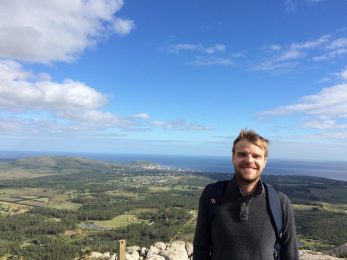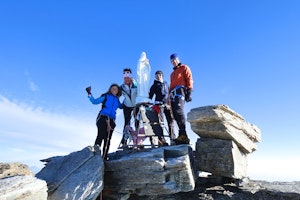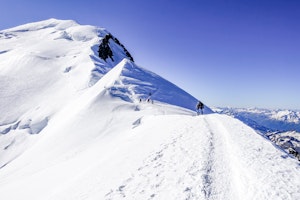Sprawling over nine percent of the Earth’s total surface area and comprising nearly one-third of its landmass, Asia is the world’s largest and most geographically diverse continent.
Overall, Asia is home to dozens of mountain ranges stretching across the entirety of the continent. Many of these mountains are also among the most recognizable on earth, including the mighty Mount Everest as well as Japan’s iconic Mt Fuji.
With so many incredible options to choose from, it’s little wonder that Asia is home to some of the world’s top mountaineering destinations!
However, the continent is so vast and diverse that sometimes it’s best to steer clear of the most popular peaks – many of which will be flooded with visitors during the climbing season – and get out to experience something different but equally incredible.
As 2020 greets us and New Years’ resolutions are being made, a good one for eager mountaineers may be to head a bit off the beaten path and try out one of these five understated Asian mountaineering adventures.
1| Lenin Peak, Kyrgyzstan
Rising to 7,134 meters (23,405 feet) in elevation, Lenin Peak is a popular mountaineering destination for climbers in the know and is also considered to be one of the easiest 7000ers from a technical standpoint.
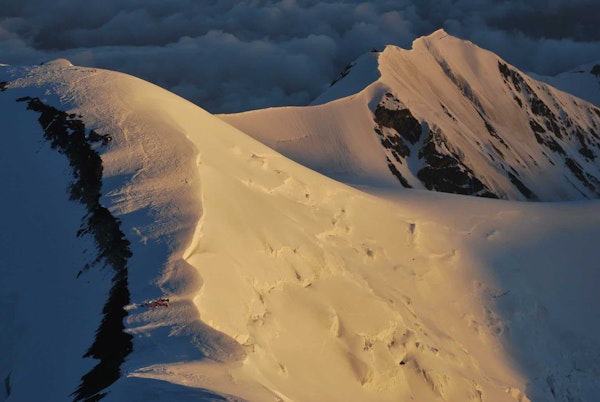
The peak straddles the Kyrgyz-Tajiki border and towers above lush green valleys as well as the encampments of the native nomadic inhabitants. Climbing the peak is as much a scenic and cultural experience as a mountaineering one.
There are 16 different routes up to the summit, but the most popular by far is the northern route, from the Kyrgyz side of the border. This route is widely considered to be the safest and technically easiest.
Traversing crevasses as well as the use of crampons and ice axe to cross the glaciated summit are needed in order to climb the peak, but no significant rock or ice climbing is required.
What many climbers find to be the most challenging is dealing with the altitude. For this reason, many guides opt to start off the trip with an acclimatization hike up one of the nearby, but significantly smaller, mountain peaks.
Keep reading: Everything you need to know about climbing Lenin Peak
Once climbers have departed base camp and begin to head up to the top of Lenin Peak, the ascent is divided into four different stages. Each one generally takes a few days, depending on weather conditions and how climbers acclimate.
Climbers generally reach the summit at sunrise, which is a truly incredible experience; one made all the sweeter knowing one of Asia's highest peaks was conquered en route.
Best time to climb: July to August
Location: Guides will generally opt to meet you at Osh International Airport (OSS), in southern Kyrgyzstan and provide transport to Mount Lenin base camp, which sits on the Kyrgyzstan-Tajikistan border.
Difficulty: Intermediate
Average trip duration: 3 weeks
Wait no longer! Book your next Asian mountaineering experience to the summit of Lenin Peak today!
2| Mera Peak, Nepal
Known as the world’s highest trekking mountain, Nepal’s Mera Peak towers to 6,476 meters (21,247 feet) above sea level.
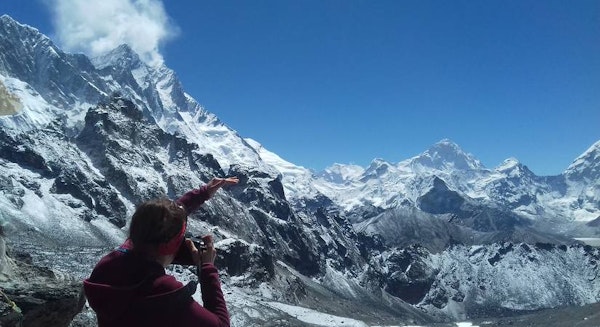
From the top of this Eastern Himalayan summit, there are incredible views out over Mount Everest, Lhotse, Cho Oyu, Makalu, and Kangchenjunga – five of Nepal’s most iconic 8,000ers.
The adventure to reach the top of Mera Peak begins in Lukla, an idyllic little town nestled into the foothills of the Himalayas. From here, climbers will trek for about nine days to reach the base of the peak, passing through the Chetra forest as well as winding through various mountain passes and valleys en route to the foot of the mountain.
Once climbers have arrived at the base of the mountain, the ascent is straightforward. Getting to the top takes about three days and requires traversing the massive glacier all the way to the summit.
With a certified mountain guide, the trip is fairly safe. There are some crevasses on the glacier, but certified guides will know where they are the best way to cross them.
Oftentimes guides will include Mera Peak and nearby Island Peak (which is slightly more challenging and requires climbing up steep snow, ice and rock using fixed ropes in order to get to the summit) as part of a technical climbing course aimed at those aspiring to try and summit one of the Himalaya’s 8,000ers.
Best time to climb: March to May; September to November
Location: Guides will generally opt to meet you at Tribhuvan International Airport (KTM), in Kathmandu, and provide transport to the start of the trip to Mera Peak, in eastern Nepal
Difficulty: Advanced
Average trip duration: 2.5 to 3 weeks
So what are you waiting for? Book your next Asian mountaineering adventure to the summit of Mera Peak right now!
3| Mt. Rishiri, Japan
Rising out of the Sea of Japan, Mt Rishiri forms the northerly Japanese island of the same name. Due to the conic shape of the stratovolcano, it often draws comparisons to Mt Fuji, earning the moniker Rishiri Fuji.
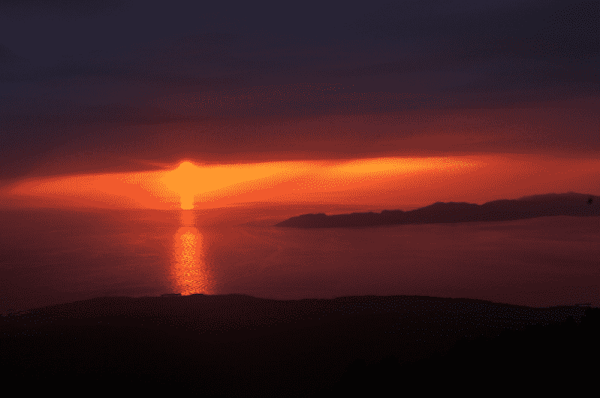
For those seeking out an authentic Japanese mountaineering experience, but who want to avoid the crowds at the top of Mt Fuji, Rishiri is an excellent alternative.
At 1,721 meters (5,646 feet) in elevation, the climb to the top of this mighty island peak is fairly simple. From sea level, mostly hiking is involved. Closer to the top, the climbing gets a bit trickier and requires some scrambling, but none of it is too technical.
At the summit of the peak is a little shrine and on a clear day, it is possible to see all the way back out to Hokkaido in the east as well as Sakhalin Island in Russia!
While the climb can be done fairly easily in one long day, most climbers opt to spend two days, camping at a designated site in the middle of the mountain. This way, it is possible to see the incredible sunset and nighttime sky of Rishiri (there is not very much light pollution here) as well as get up early for a sublime sunrise.
Most climbers opt to head up the peak in late summer and early autumn when temperatures are in the high teens (mid-60s). Rain is quite common throughout the year.
Mt Rishiri is also quite a popular destination for winter mountaineering ascents. Most winter mountaineers choose to go up the fairly rugged east ridge or northeast ridge. The climb provides moderate challenges and yields great views.
Want to try out a winter ascent of Mt Rishiri? Be sure to check out the 4-day ascent up the east ridge or a similar 4-day climb up the northeastern ridge too!
Winter ascents are often used as practice for winter mountaineers who want to tackle tougher peaks in the Alps (both European and Japanese).
Best time to climb: August to October (some guides offer winter mountaineering expeditions from March to May)
Location: Mount Rishiri is located on Rishi island, off the northwestern coast of Hokkaido. Guides will generally opt to meet you at Rishiri Airport (RIS), which is only accessible from two airports in Sapporo. Guides will also meet you at the ferry port.
Difficulty: Easy
Average trip duration: 2 to 4 days
Don’t wait a moment longer! Book your next mountaineering adventure to the stunning Mt Rishiri today!
4| Mount Damavand, Iran
Nestled into the heart of the Alborz Mountains, just north of the capital of Tehran, the potentially active volcano of Mount Damavand should be near the top of any mountaineers wish list.
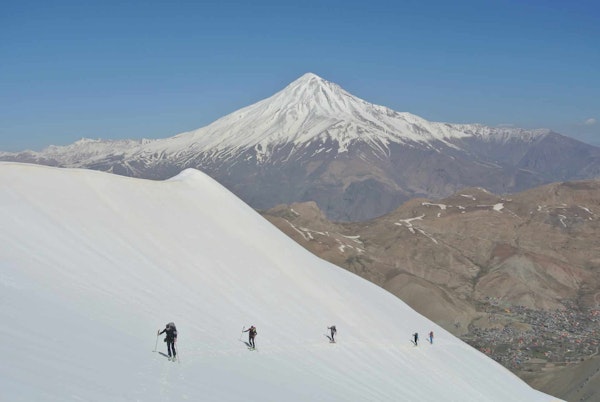
Rising to 5,609 meters (18,403 feet), Damavand is the highest peak in Iran and the tallest volcano in all of Asia, making it an exclusive member of the Seven Volcanic Summits mountaineering challenge.
While it may not be the highest peak in Asia, Mount Damavand certainly appears that way due to its immense prominence of 4,667 meters (15,312 feet). In fact, after Mount Everest, it is the second most prominent peak in all of Asia and the twelfth most prominent in the world.
Keep reading: Trekking Mount Damavand in Iran
Damavand is considered potentially active, as opposed to dormant, due to the active fumaroles near the summit crater, which were emitting steam as late as 2007. However, it is unlikely the peak will erupt on your next visit as the last eruption took place back in 5300 BCE.
Part of what attracts so many mountaineers to the summit of this incredible volcanic peak is the ease of access. No technical ability is required to reach the summit, but all climbers should be in very good physical condition.
Overall, there are 16 different routes that lead to the top of the mountain, with four main ones: the south route, west route, northeast route and north face route. Of these, the south route is the easiest and most popular, while the north face route is the most challenging, involving some climbing and scrambling.
Spring is generally the most popular time to climb, as temperatures are not yet too hot, and the presence of snow means that Damavand can be ascended and descended on skis!
Best time to climb: April to May
Location: Mount Damavand is about 80 kilometers north of Tehran. Most guides will opt to meet you at Imam Khomeini International Airport (IKA), in Tehran, and provide transport to the start of the trip.
Difficulty: Easy to Intermediate
Average trip duration: 2 to 5 days
Wait no longer! Book now and conquer one of the world’s Seven Volcanic Summits next April!
5| Mount Kinabalu, Malaysia
Rising up out of the thick tropical rainforests of the northern tip of Borneo, Mount Kinabalu is the highest peak in all of Malaysia and makes for quite a unique mountaineering experience.
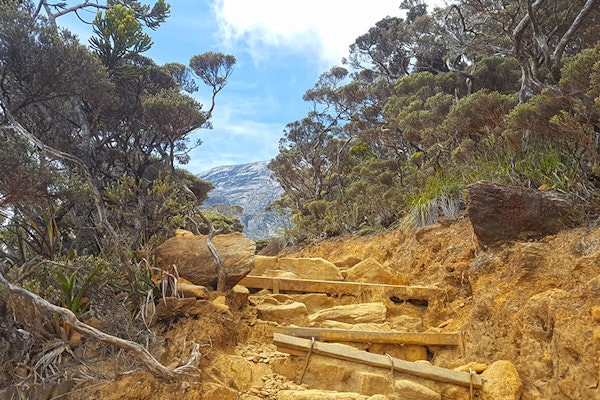
Kinabalu is the twentieth most prominent mountain on Earth, rising from sea level to 4,095 meters (13,435 feet) in elevation. While the peak requires no technical climbing, the ascent is quite steep and takes between two to three days in order to allow climbers to properly acclimatize.
As a result, most guides recommend that any would-be climber of Kinabalu spends a few months increasing his or her cardiovascular strength and endurance before the climb.
However, for those in pretty good shape, summiting Kinabalu is not too challenging and the rewards for making it to the top are immense.
Looking to check out a bit more of East Malaysia and northern Borneo? Then check out this combined adventure that includes summiting Kinabalu, snorkeling in the sea and rafting a local river!
The ascent begins from 1,866 meters (6,122 feet), in the heart of the tropical rainforest, which is home to roughly 6,000 species of plants, 325 species of birds and more than 100 species of mammals, including the iconic orangutan and giant (up to 10 kilogram/22 lbs) Rafflesia flower.
Climbers eventually will ascend above the tree line and into the peak’s montane alpine meadows. After walking through the meadow, climbers arrive at the bare granite rock and carefully make their way up to the summit.
The views from the top are spectacular and climbers will enjoy a panoramic vista out over the rest of the Crocker Range, surrounding tropical rainforest and even the South China Sea.
Best time to climb: February to April
Location: Mount Kinabalu sits in the Crocker Range on the northern tip of Borneo. Most guides will opt to meet you at Kinabalu International Airport (BKI), in East Malaysia and provide transport to the start of the trip.
Difficulty: Easy
Average trip duration: 2 days
Don’t hesitate a moment longer! Book your next adventure to the summit of Mount Kinabalu today!
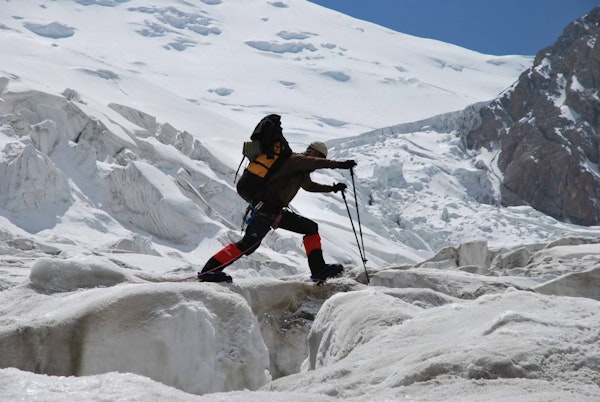
Regardless of where you head in Asia, you’re certain to find an incredible mountaineering experience. Take some time to explore the above options and get off the beaten path and onto one of these sublime mountain slopes in 2020!

